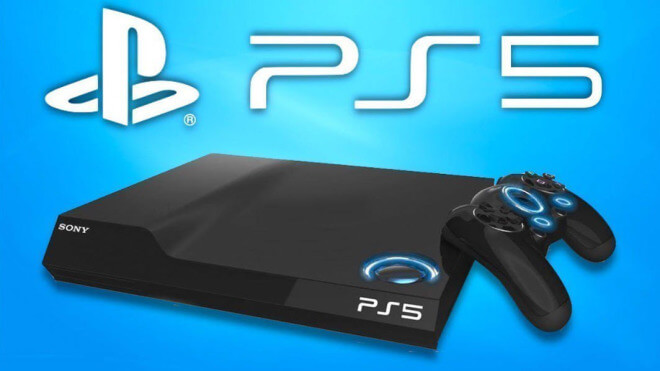Rumors about the new Sony PS5 console are growing after AMD introduced Google Stadia, which is a new graphics chip for streaming games. This chip offers 10.7 teraflops, significantly more than the Xbox One X and the PlayStation 4 Pro.
You’ll probably have to wait sometime, probably even years, before the PS5 goes on sale. However, the introduction of the next cloud gaming platform Stadia has shown where the journey is going and where the technical standard for it is defined. Google is also cooperating with AMD on the graphics chips of its cloud servers. With a “custom GPU,” a performance of 10.7 teraflops (TFLOPS) with 56 computing units should be achieved. Stadia compares to the popular video game consoles Xbox One X and PlayStation 4 Pro.
Microsoft’s flagship currently has six teraflops and 40 calculation units, followed by Sony’s PS4 Pro with 4.2 teraflops and 36 calculation units. The performance of AMD’s new graphics chip is already as high as that of the two high-end consoles together. With this performance, Google and AMD want to stream games in 4K (Ultra HD) resolution, including High Dynamic Range (HDR) with 60 frames per second (FPS) supposedly stable over the Internet to TVs, laptops, tablets, and smartphones.
With the Sony PlayStation 5 Special, we’ve compiled the information and rumors of the past months and years. From a technical point of view, the code names Zen and Navi were often used in connection with PS5 and cooperation between Sony and AMD. Supposedly, Sony’s new console has in mind a performance of 15 teraflops that could be achieved with AMD Navi graphics chips and Zen processors. An 8-core CPU (7 nm) and a GDDR6 graphics memory of 12 to 16 GB are in the room. This is not a problem in gaming desktops, but the hardware of video game consoles must be compact and the cooling system must also be compatible.
Why not build a new console now?
Probably AMD could already be targeting consoles with its Stadia graphics chip, but the goals don’t seem to have been achieved yet. Google Stadia will also be released later this year, which could indicate that the AMD GPU will also be perfected. To date, owners of a 4K TV with the Xbox One X and PS4 Pro are well served, although not all games support the high resolution of 60 FPS. The next generation of consoles may already be equipped with 8K and 120 FPS options, which demand significantly higher performance.
Ultimately, game consoles are designed for the long term due to the lack of upgrade options. There were three years between the upgrade from the PlayStation 4 to the PS4 Pro and also the Xbox One X appeared only four years after the Xbox One. Just for this reason, the next generation will have to adapt to major technological innovations that will play a role in the coming years and that will demand a lot from the consoles. A performance of 10.7 teraflops might still be too low but shows a good development.
